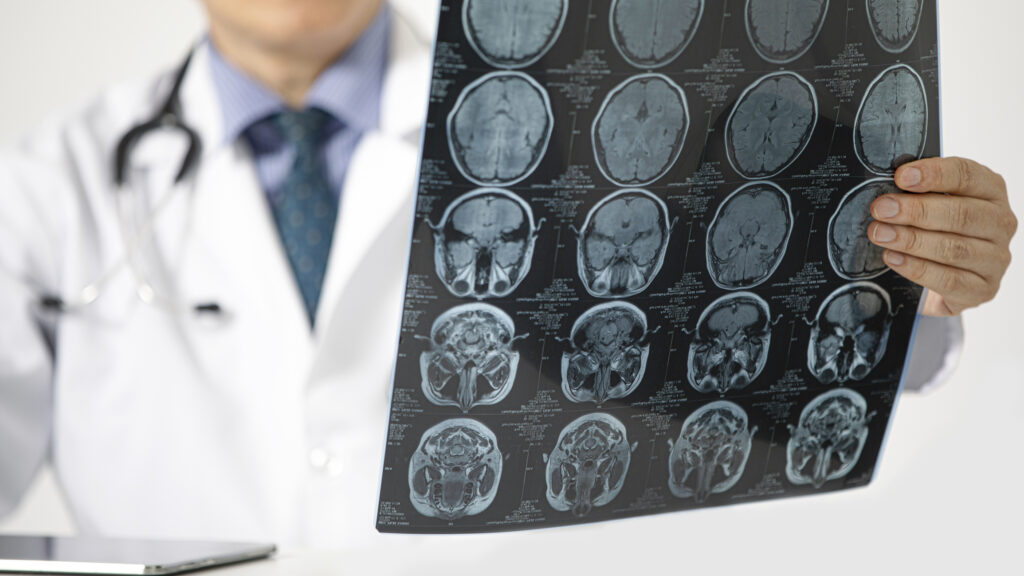
A car accident can be the most traumatic event that most people will ever experience. Though each incident differs, a few types of injuries are most likely to occur. Knowing a little about these car accident injuries could save your life. Additionally, the knowledge could also help you realize how important it is to receive both the medical and legal help you need to deal with your condition.
Read on to learn more about the most common car accident injuries.
Whiplash
Whiplash gets its name from how the human body mimics the movement of a whip. The upper body, specifically the neck, is forced suddenly backward and then rapidly forward.
The unusual motion strains muscles and ligaments. It can also injure bones and nerves.
This injury is common when one vehicle strikes another from behind. The injured driver or passenger is typically sitting still, waiting at a traffic light or stop sign.
A patient usually complains of a painful, stiff neck. And it’s often difficult to move the neck from left to right or up and down.
Whiplash pain can also extend past the neck into the upper body down through the arms. Other likely symptoms include dizziness and fatigue.
Back Injury
The tremendous impact of a car accident releases a considerable amount of energy that travels through a car seat and is absorbed by a person’s back. Unfortunately, the human back is one of the most vulnerable areas. That’s why even a slow-speed car accident can have damaging effects.
You should definitely receive an examination of your spine. There’s a chance that you sustained damage to the bones or vertebrae of your backbone. The injury could range from a minor fracture to complete destruction of a bone.
Damage to the spinal discs, which cushion the vertebrae, is also common. You may have heard terms such as bulging, slipped, or ruptured disc. A bulging disc is still intact but has begun to spread.
But a slipped or ruptured disc is different. Both terms refer to the same medical condition, which doctors usually call a herniated disc. A herniated disc means there’s a crack in the outer wall of the disc allowing material from the interior of the disc to seep through.
Some back injuries are noticeable immediately, but others may not make themselves known for hours or days.
For example, a strain of the tendons connecting your muscles and bones in your back can become progressively worse following an accident. The same is true of a sprain where the ligaments binding joints and bones are stressed.
A routine X-ray likely won’t detect problems with your soft tissue, such as tendons and ligaments. So, you’ll need an examination by medical personnel familiar with accident injuries.
Leg Injury
The instinct is to brace your feet hard against the floorboard when it’s inevitable that your car is about to be struck. But that position leaves little room for your legs to flex.
As a result, sprains and breaks are not uncommon. For example, a broken ankle can easily occur from having your foot fully pressed against the brake pedal during a collision.
Your legs can also receive injuries when your car has a side impact. The limb closest to the point of impact is in greater danger, but the collision can also slam the other leg against a center console, shift knob, or dashboard.
Cuts
Every loose object in the interior can become a flying hazard during a serious car accident. Items you’re transporting, like a laptop or smartphone, can become dangerous projectiles traveling at a high rate of speed.
Cuts vary in intensity. But if you have a medical condition, such as diabetes or a blood-clotting disorder, the matter reaches another level of seriousness.
Head Injury

Sports injuries have made the general public more aware of concussions in the past few years. Doctors have sometimes even compared a football player’s experience of receiving a concussion to being in a violent car accident.
A concussion occurs when a strong force strikes the head, causing it to move suddenly in the opposite direction of the blow. When the head stops moving, the brain then slams into the skull. The jolt to the brain can trigger both short-term and permanent injury.
A concussion is just one of several types of traumatic brain injuries. There are others, such as an intracranial hematoma. That’s when a forceful shaking or twisting of the head can rupture a blood vessel, causing blood to collect inside and outside the brain.
A car accident can also cause a skull fracture. In addition to the obvious damage to the skull, broken fragments present a danger to the brain.
Whatever the traumatic brain injury, surgery, rehab, and a long adjustment period may be in store. Traumatic brain injuries can cause a host of lingering problems, including loss of memory, inability to sleep, changes to your personality, and depression.
Chest Injury
It’s easily understandable how you can suffer a chest injury during a car accident. After all, the steering wheel is directly in front of you. The steering wheel can cause severe bruising and broken ribs. In addition to being painful, broken ribs can threaten your heart and lungs.
But what if you have an airbag? Airbags save lives but can also cause injuries. And chest injuries are highly likely.
Internal Bleeding
Typically, people focus on the injuries they can see, such as cuts and bruises. But beneath the surface may be a more significant problem.
You should always take the possibility of internal bleeding seriously. Because it can be difficult for even a trained medical professional to diagnose internal bleeding at the scene of an accident, a trip to the hospital is necessary. Even if you think you feel okay, you should err on the side of caution.
You don’t need a visible cut to have internal bleeding. Blunt force trauma by an object that never penetrates the skin is enough to cause hemorrhaging. That’s why you should be especially suspicious of bruises.
Hand and Arm Injuries

Bracing yourself against the dashboard or armrest can cause trauma to the wrist. And protecting your face with your arms can expose your arms to various cuts and bruises.
Hand and arm injuries may not seem serious to some people, but consider how bandaged hands and arms could impact your daily life. It could be difficult, if not impossible, to cook, drive, or perform your normal duties on your job.
Scars
There are both visible and invisible scars. A car accident can leave both.
Flying debris can slash deeply, causing such a laceration that you need stitches to close the wound. It’s not unusual for there to be a scar after the injury heals. The damage is especially traumatic when the disfiguration is on an exposed area, such as the face, neck, and upper chest.
Cosmetic surgery can be necessary. And sometimes more than one surgery on the same area is required.
Dealing with physical scars can cause psychological scars that last even longer. It may take years of expert mental health care before someone can overcome the effect of the accident.
Get Legal Help For Your Car Accident Injuries
Are you suffering from car accident injuries? And are you now looking to receive your fair share of compensation from a non-cooperative insurance company?
We understand your situation. We’ve helped numerous people collect the funds needed to care for their medical needs and get their lives back on track. We can do the same for you.
Contact our attorneys today to request a free consultation.


